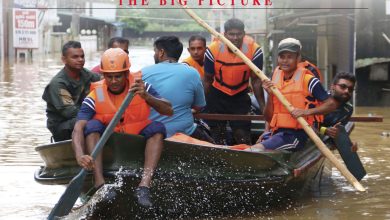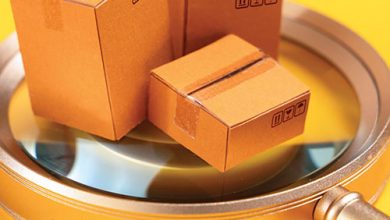VIRTUAL EDUCATION
TECHNOLOGICAL DIGITAL TWINS!
Fazmina Imamudeen explores how virtual replicas are transforming education

At Nanyang Technological University (NTU) in Singapore, engineers solved a stubborn problem using their campus digital twin – a live virtual replica fed by 30,000 sensors. A lecture hall kept overheating daily at 2 p.m. The digital model pinpointed unfiltered solar radiation through west facing windows.
By installing heat blocking film, cooling costs were reduced by 15 percent – an instance of how digital twins are actively reshaping education.
Digital twins operate like living blueprints that connect to real world environments through sensors and software, and update constantly to mirror reality. Born in factories to simulate jet engines, this technology is being used in universities with concrete outcomes.
NTU’s EcoCampus research institute achieved a 10 percent reduction in energy use across 200 buildings, saved US$ 3.9 million and prevented 8,200 tons of carbon emissions through digital optimisation.
At the Georgia Institute of Technology in the US, digital twin technology monitors student engagement and performance by enabling personalised learning experiences that adapt to individual learning styles.
Stateside, Stanford University has developed virtual physics labs using digital twin technology so that students could collaborate on projects globally. And Scotland’s University of Glasgow uses campus digital twins to monitor energy consumption and improve resource utilisation.
These twins solve different problems entirely inside classrooms. Virtual lab Labster’s platform offers biology students access to perfect digital clones of US$ 500,000 electron microscopes and DNA sequencers. These replicas simulate real world quirks including lens calibration errors, contamination risks and equipment jams.
Studies published in scientific journal Nature Biotechnology show that students using these tools outperform their peers who rely solely on physical labs.
At the US’ University of Wisconsin-Milwaukee’s (UWM) Connected Systems Institute (CSI), engineering students work with a fully functional production line and its exact digital twin next door with IoT devices pulling real-time data to continuously update the virtual replica.
Educators are exploring AI powered professor avatars that provide 24/7 student support and scaled lectures.
LinkedIn cofounder Reid Hoffman’s experiment with his AI avatar, developed by software company Hour One with voice cloning by AI voice platform ElevenLabs, demonstrated remarkably humanlike interactions including nuanced body language and contextual responses.
Research conducted by America’s Columbia Business School shows how large language models (LLM) can generate AI agents that mimic human behaviour by creating digital twins of individuals complete with personality traits and decision-making abilities.
The University of Central Florida in the US received a million dollar grant to establish a graduate certificate programmer specifically focussed on digital twin technologies.
Meanwhile, private global research university Carnegie Mellon now offers a course on the Principles of Digital Twins in Material Science and Advanced Manufacturing in which students learn how digital twins can revolutionise materials science through predictive analytics.
Traditional science labs require substantial investment while virtual labs provide high quality education at a fraction of the cost and make advanced learning experiences accessible regardless of budget constraints. At Philadelphia’s Thomas Jefferson University, 91 percent of students felt more confident about real labs after using virtual simulations.
However, the creation of accurate digital twins requires dense sensor networks, which raises privacy concerns about campus surveillance. Student feedback reveals mixed experiences with technical issues including slow performance and device compatibility problems negatively impacting learning.
Nevertheless, 72 percent of students in one study perceived virtual activities as adequate substitutes for traditional laboratory experiences.
This year, digital twins are transforming into dynamic adaptive models driven by AI and real-time data integration. Current applications include digital twins of the learning profiles of students that help educators track progress and tailor experiences to individual needs, which creates truly personalised education at scale.
The institutions implementing these technologies are shaping education’s digital present. What’s unfolding is the recalibration of how education functions where every building, microscope and teacher can cast a data driven shadow.
The institutions implementing these technologies are shaping education’s digital present





